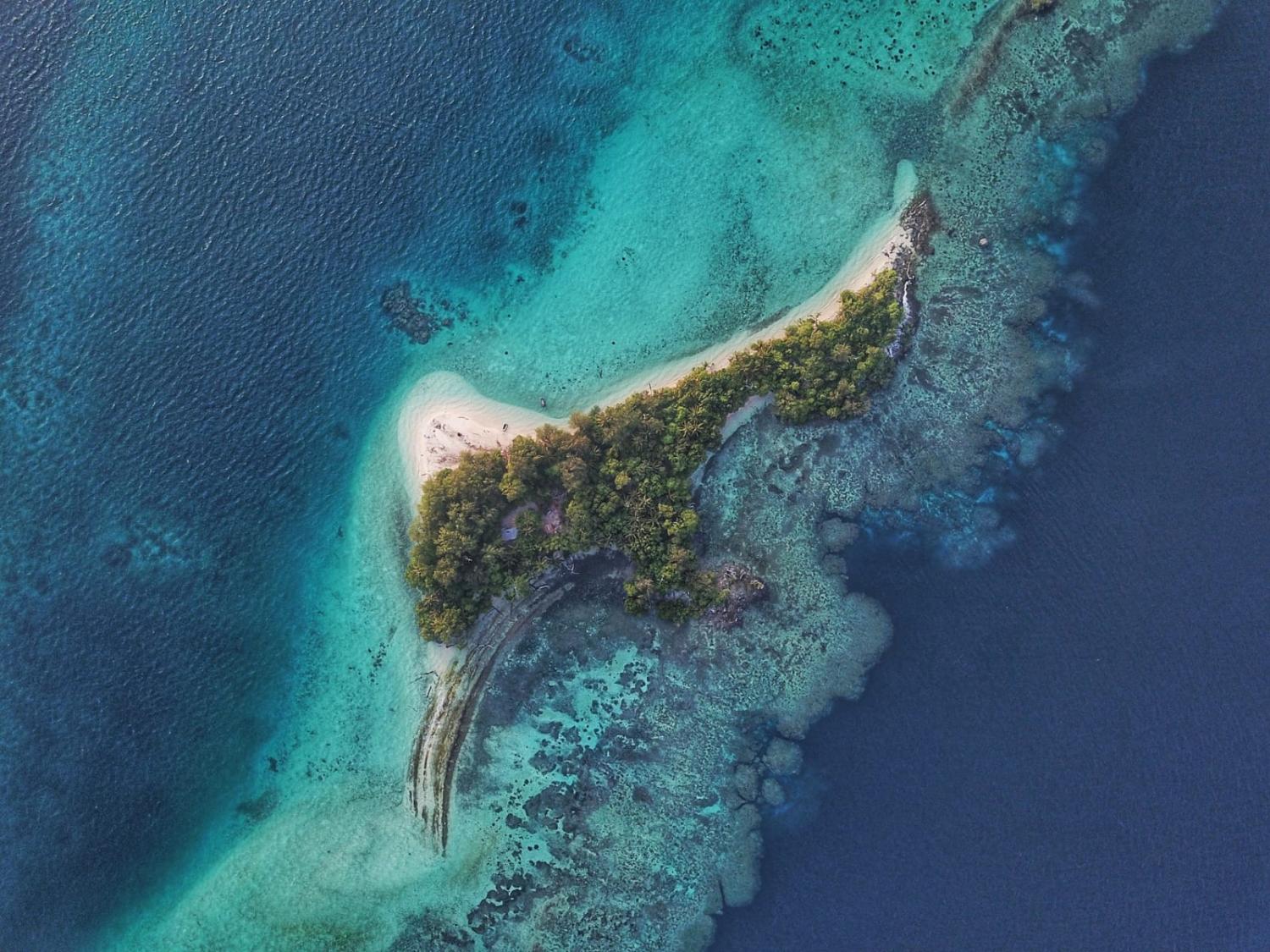With US President Joe Biden expected “shortly” to visit Vietnam, it is increasingly evident that America needs a more unified strategy for the Indo-Pacific. The present approach is too piecemeal as the geostrategic chess match between the United States and China grows more intense.
The four pivotal sub-regions of the Indo-Pacific require a considered approach to recognise the diversity that encompasses Northeast Asia, Southeast Asia, South Asia, and the Pacific.
Northeast Asia has historically enjoyed stability and boasts advanced economies intertwined with a robust US presence in Japan and South Korea. Biden’s visit to Vietnam will put the spotlight on Southeast Asia, while the recent hosting of India’s Narendra Modi saw South Asia in focus.
Yet it is the Pacific, often underestimated, that is increasingly commanding attention. And for all the references to the Indo-Pacific as a whole, even in strategy documents, the US approach often appears disjointed.
A sense of trepidation developed among Western powers following the April 2022 China-Solomon Islands security pact. This was compounded by the unsuccessful but still meaningful bid by China’s Foreign Minister Wang Yi to strike a regional agreement granting access to critical domains, such as policing, cybersecurity, and maritime surveillance. After three decades of dormancy, the United States swiftly resurrected its embassy in Honiara.
Similarly, a calculated effort has unfolded in Papua New Guinea, where recent Chinese visits to Port Moresby have demonstrated Beijing’s proactive regional engagement. Yet the United States has not been caught flatfooted in this instance, inking a 15-year Defence Cooperation Agreement with PNG, solidifying expanded access to dual-use infrastructure in a more overt manner.
Managing the local backlash, however, is the next step. The bilateral pact stirred demonstrations by academics and impassioned student activists in the country. The signing ceremony, held at a university, saw students rally for greater transparency – their calls amplified by concerns over “sovereignty” and “neutrality” and a clamour for the reversal of what was deemed Washington's “imperial expansion into Papua New Guinea”. The response was illustrative that the region will have its own view of geopolitical competition and the “partners of choice”.
For the partners themselves, they must deconflict various initiatives. The swift move by the United States to secure the deal with PNG came as Australia was also in the throes of pursuing its own agreement with its immediate neighbour. Canberra has welcomed the US accord as another step to manage China’s rising influence; however, it might inadvertently undermine Australia’s efforts to solidify its own pact with PNG, thereby rankling policymakers in Canberra. Australia regularly boasts unparalleled and vigorous grassroots-level defensive initiatives with the Pacific Islands. More intricate US coordination with its Australian counterparts before sealing its PNG deal might have weaved a favourable narrative.
As the United States turns its gaze back towards Southeast Asia, recent developments in the Philippines have demonstrated promising potential – courtesy of Marcos Jr.'s proclivity for deeper connections. The imminent Biden visit to Vietnam, however, needs to go beyond a defence-centric lens. Collaborative efforts via multilateral forums, such as the Quad, which includes the United States, India, Japan, and Australia, could enhance an overall inclusive approach. India’s remarkable strides in achieving fruitful cooperation with both Hanoi and Washington provide a productive avenue to fortify US-Vietnam relations, even though China’s overall regional influence has grown significantly.
Lessons learned from PNG call for a balanced, regionally attuned, and comprehensive political approach. This moment also presents a golden opportunity for Washington to extend diplomatic prowess by offering its “good offices” as it did with South Korea and Japan last week, to deftly mediate deep-rooted historical tensions among key regional players. Such a revamp would showcase a resolute and unified front – closely working with allies – and underscore a commitment to fostering stability and cooperation.
The Pacific’s ascension as a crucial theatre signals the need for a harmonised allied strategy. Being adaptive is crucial. By learning from recent lessons and fortifying its diplomacy across alliances rather than only between them, the United States can usher in an era of sustained cooperation that resonates far beyond its shores.


